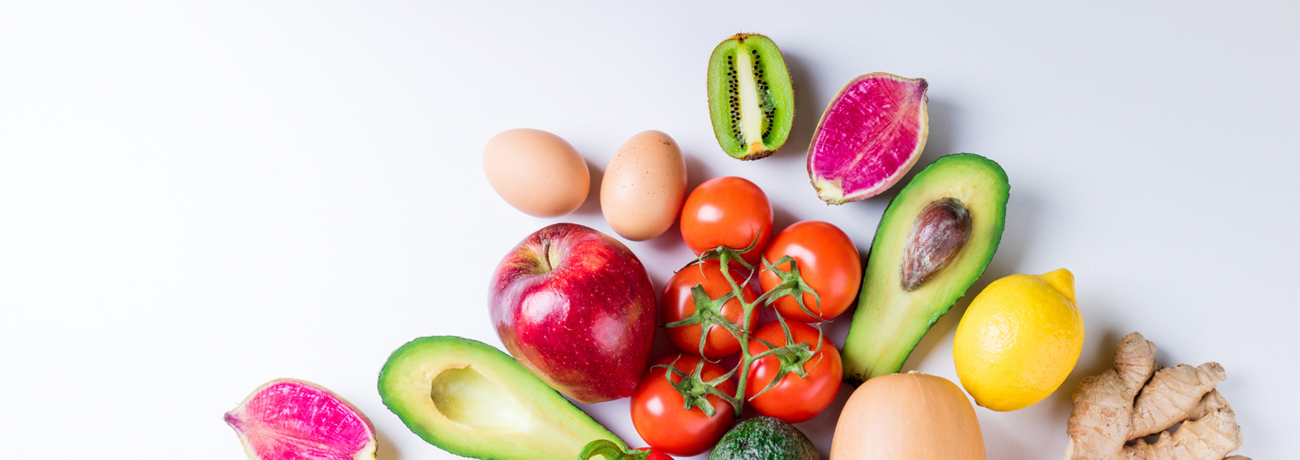Salt And The Link To Overweight And Obesity In Children

We’re used to hearing about excess sugar and fat in relation to overweight and obesity in children, but did you know that high amounts of salt in the diet can also be a contributor to overweight and obesity in children?
An alarming study recently published by Deakin University has found that children consuming excess amounts of salt are at greater risk of being overweight or obese. The study followed 666 Australian primary school children measuring their salt intake and found that 4-12 year olds consuming a higher intake of salt had a higher prevalence of abdominal obesity.
The study revealed that 70% of children are consuming over and above the maximum amount of salt recommended for optimal health. And that for every additional gram that children consumed, they have a 23% greater likelihood of being overweight or obese. This is also putting our kids at risk later in life for chronic diseases such as high blood pressure and heart disease.
So what is the recommended amount? Our bodies need sodium (contained in salt) to maintain optimal health & function, but we need very little and children need even less. The National Health and Medical Research Council has set the following upper daily limits for children:
It’s important to distinguish between salt and sodium. One teaspoon of salt is around 6g of salt, which is 2,325mg of sodium. Sodium can also be identified in ingredients lists as sodium chloride (salt), as well as rock salt, sea salt, baking soda, sodium bicarbonate, celery salt, garlic salt and monosodium glutamate (MSG, additive 621). All of these are high sodium ingredients.
Cutting Down Our Salt Intake
A good place to start to limit our salt intake is to read our food labels, also known as Nutrition Information Panels (NIP). Sodium is listed on an NIP and is always in milligrams. Once we learn to read the nutrition information panels on packaged foods, it becomes easy to determine if a packaged or processed food is high or low in salt. Always look at the value per 100g, ideally we want to be aiming for under 120mg per 100g .
We can lower the salt in our diets down further by:
- Avoiding processed and packaged food as much as possible.
- Eating more fresh fruit and vegetables. Remember fresh is best!
- Limiting processed meats such as bacon and ham.
- Keep take away and fast foods to a minimum, they are often packed with salt as well as fat and sugar.
- Cutting down the salt & stock we add when preparing and cooking meals at home.
- Don’t add salt to cooked foods. Keep the salt shaker off the table at meal times.
- Be aware that salt is present in many unsuspecting foods like bread, cereals and even ice cream.
- Use other ingredients for a flavour hit, such as lemon juice, garlic, chilli, vinegar, herbs and spices, instead of salt when cooking.
- Retrain your tastebuds! Lowering the salt we consume means we get to experience and enjoy the true flavours of the foods, and over time we become sensitive to the saltiness of foods and don’t need as much. Try and involve your children by talking to them about making healthy choices, you could even make a game of it and try and find all the high salt foods in your cupboards.












